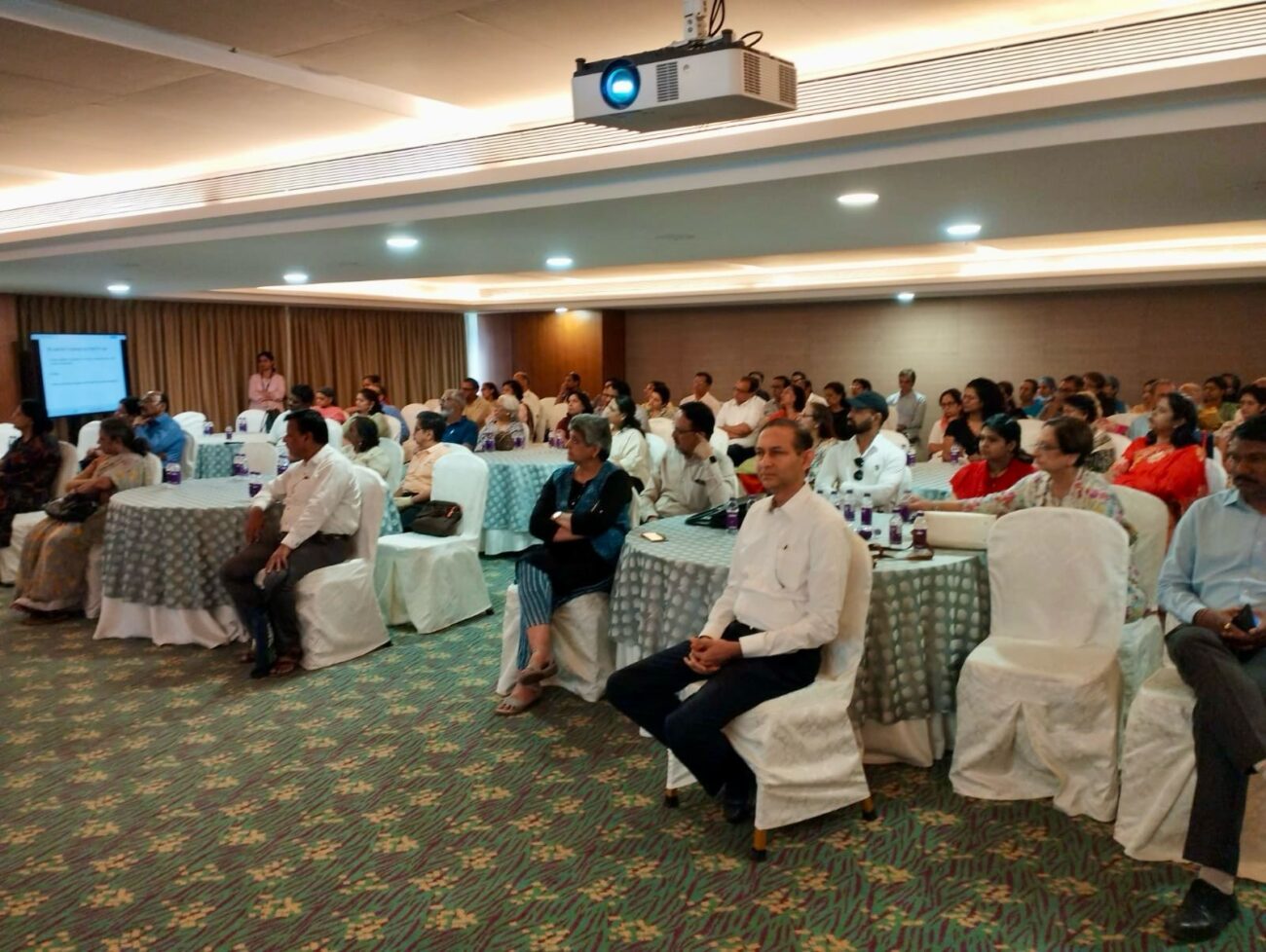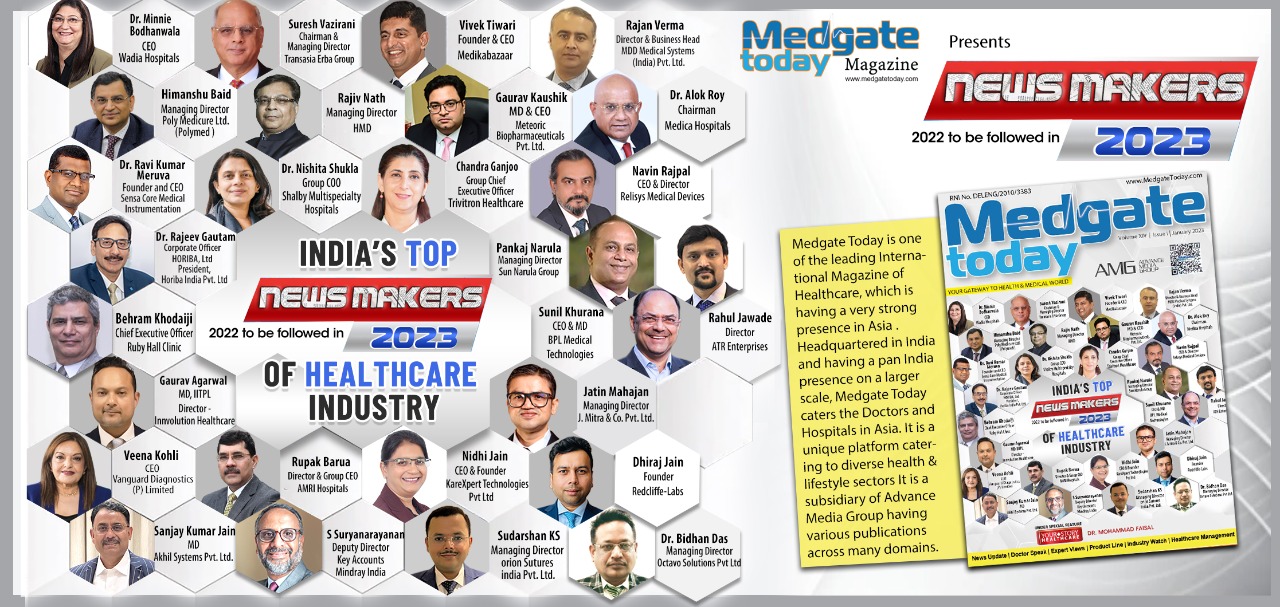Blood Smear Review following Automation Testing: Does the “Standard Criteria for Action” really exist?
Automated hematology analyzers were introduced, around half a century ago, which are getting evolved and sophisticated with time. Manual techniques, especially to prepare a stained blood film and observe under the microscope is becoming complementary activity of a
Automated hematology analyzers were introduced, around half a century ago, which are getting evolved and sophisticated with time. Manual techniques, especially to prepare a stained blood film and observe under the microscope is becoming complementary activity of a laboratory in case there is a doubt or discrepancy in routine results shown by hematology analyzer on a particular patient’s blood sample. Bain’s research unearthed that Blood smear Reviews (BSRs) and Manual Differential Leukocyte Count(MDLCs) are too cumbersome and not cost effective thus not affordable for every lab and with every work-load scenario.
With growing technical capability & analytical performance, hematology analyzer is getting more refined, the utility of analyzer and subsequent complementary slide review is getting changed based on multiple factors that may influence laboratory results. Some of the factors are age, gender, demography, laboratory, geography and level of automation as well, which makes the manual review process a subjective one. Well-appreciated practice of manual review by one lab in a particular geography may be of no importance for another laboratory with different factors mentioned above.
There is a little uniformity on criteria-for-action, across countries, to the following dilemma of when to complement the automation results with microscopic evaluation of manually stain blood film.
In 2002, Dr. Berend Houwen developed general accepted guidelines by gathering 20 subject pioneers on subject to discuss and determine the most appropriate criteria that is applicable uniformly throughout laboratories across the world. Thus, an “International Consensus Group for Hematology Review.” Was established which meticulously considered all possible conditions that may affect the results of automation and contemplated upon issue of when to complement the results of automation with stained blood film examination. Total of 83 Rules were formulated in the first draft and then further subjected to 15 well-reputed laboratories for testing on a total of around 13,298 routine blood samples. Following detailed clinical considerations & statistical analysis, rules were further refined and consolidated and only 41 rules were considered to be included in the final version. These were published in 2005 by Dr. Berend Houwen.
These rules consider age, gender, first time samples, repeat samples based on delta rules, screening thresholds and presence or absence of specific suspect flags & alarms given by the automated hematology analyzer. These rules were prepared considering as a comprehensive assistance to all hematology laboratories across the world. However, before implementing them in any laboratory’s routine operations, they need to be validated and a protocol has been suggested by the consensus group for the same.
These rules are helpful to achieve following objectives:
- Cost Reduction
- Reduce Turn-Around-Time (TAT) of Results (without sacrificing quality)
- Justify performance and skills of automated multi-parametric hematology analyzers
These rules also help in distinguishing samples with a high probability of containing relevant morphological alterations for the better & timely diagnosis and treatment of patients.
All hematology laboratories are encouraged to establish their own locally valid protocols indicating when should they review the smear and when to perform manual differential. These guidelines developed by the International consensus group of hematology review may act as a starting point, however, they must be interpreted in consideration with experience of the laboratory staff, sophistication of the hematology analyzer, electronic recording system, estimated incidences of abnormalities and variations in population reference values being tested.
The use of review criteria which would allow the release of automated counts without a BSR, is neither a widespread, well-accepted or standardized procedure. Some of the laboratories even use these published rules without any local customization or validation and without any empirical evidence available for the same.
Many of the healthcare laboratories & hospitals have conducted validation studies on these established rules, whether these are applicable or not to their particular laboratory. Study by Comar SR, from Brazil, unearthed that amendments are required especially in “Delta Check” rules. Delta limits are found to be established by each laboratory taking into account the physio-pathological aspects and technical characteristics of the automated analyzer used. The delta check rules play an important role in the efficiency and reliability of the CBC results but many clinical laboratories are incapable of implementing them in their electronic records because of high software development costs.
Another reason is that most of the laboratory professionals are not very familiar with these rules, which make their understanding, dissemination and implementation further difficult. The ISLH does not suggest any specific “Delta Check limits”, leaving them to the discretion of the laboratory. The consensus group only suggests specific actions for situations in which Delta limits exceeded from the established ones by each individual laboratory.
Literature review says that the criteria established by the International Consensus group, must be further evaluated considering local peculiarities, population trends, demographic parameters, technology usage, climatic conditions, pathological and physiological considerations. However, further studies going on across countries check the utility and scope of establishing new criteria or better adaptation protocols for the existing one.





